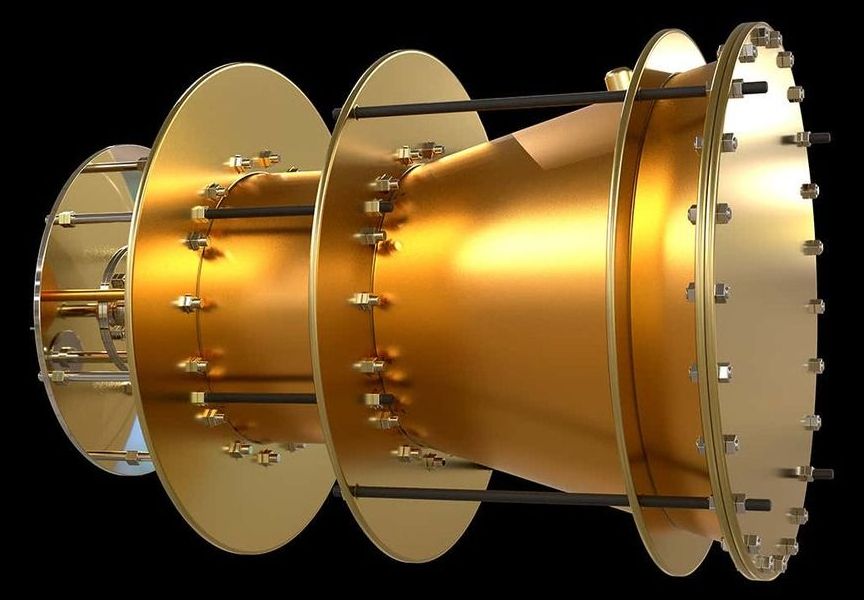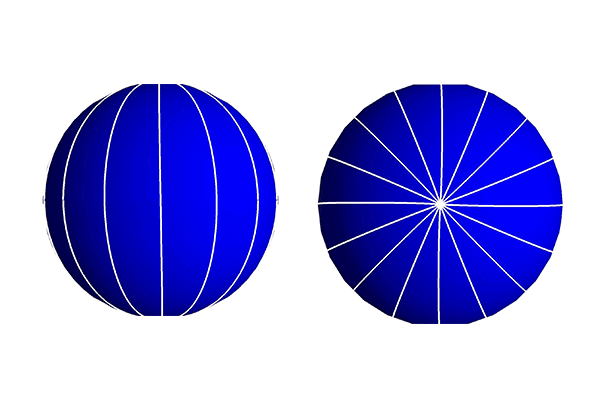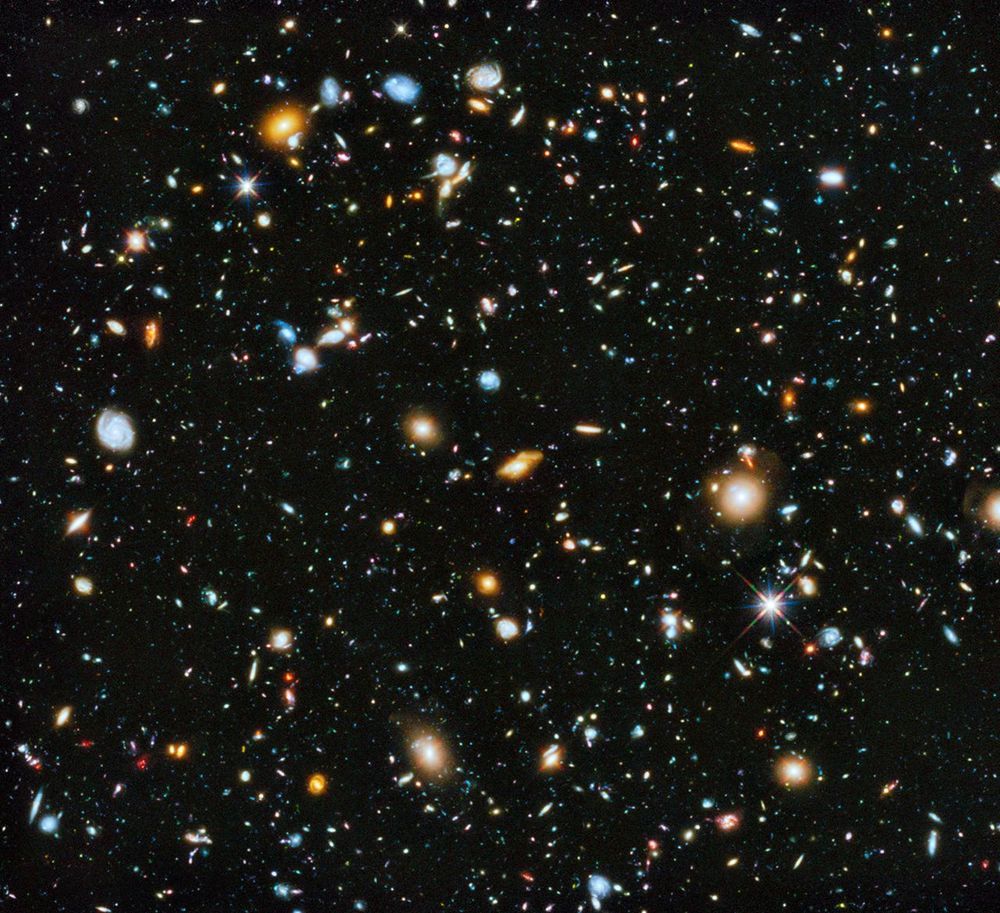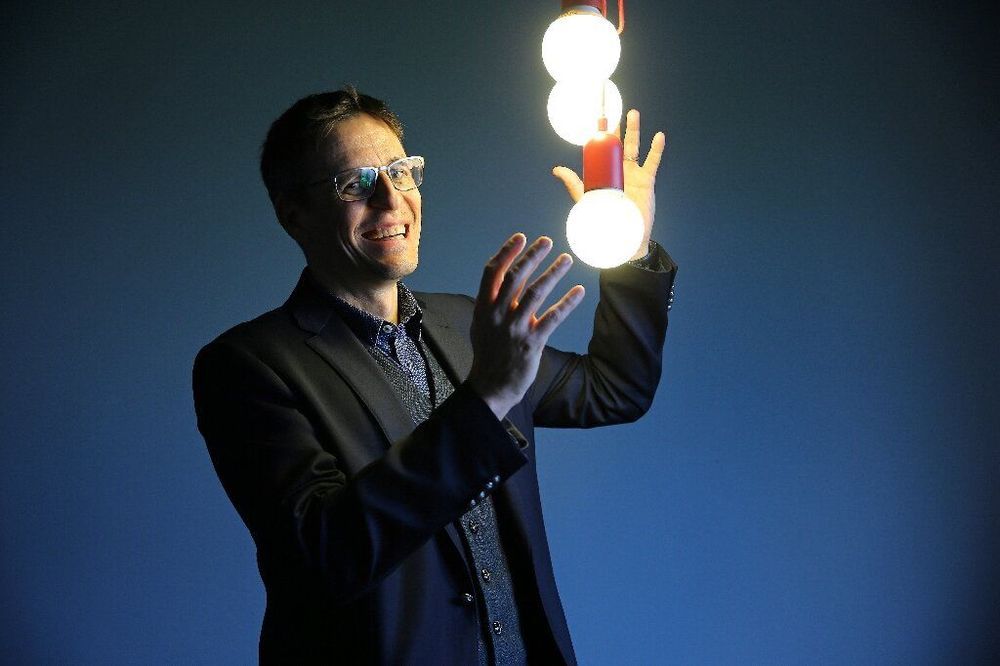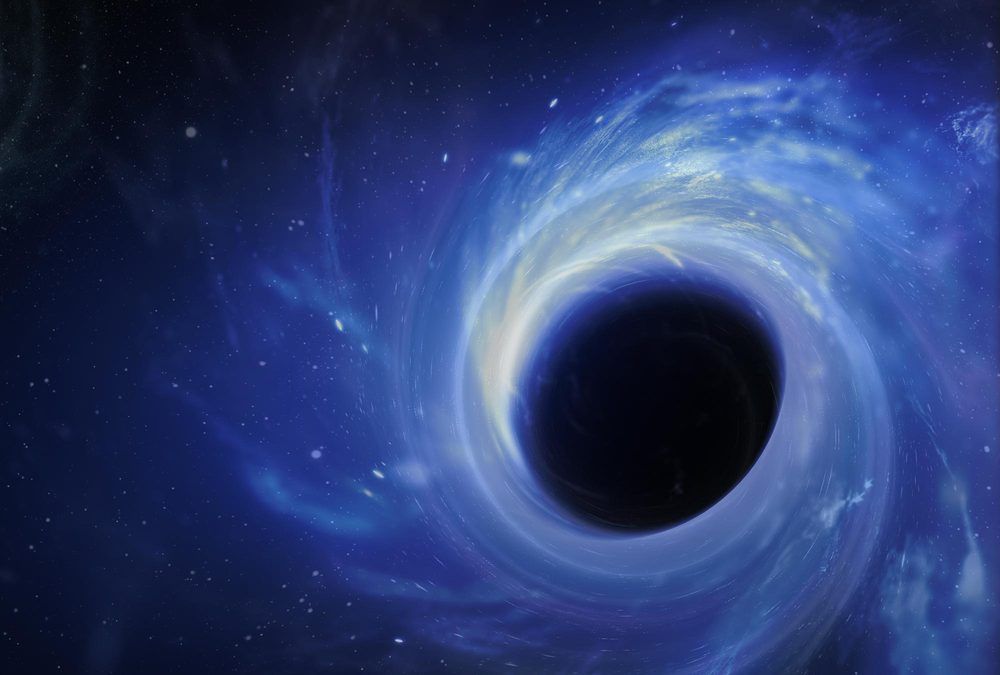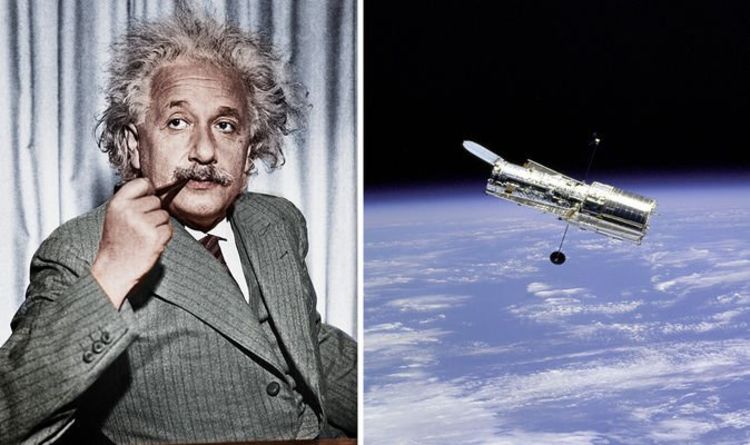The Nobel Prize for physics was announced on October 8 where Mayor jointly shared half of the prize with Didier Quelzo while the other half was awarded to James Peebles. Both Mayor and Didier jointly discovered a planet outside our solar system, an exoplanet, orbiting a solar-type star.
Category: physics – Page 238
“It would also need to be big – some 200 metres long and 12 metres in diameter – and powerful, requiring 165 megawatts of power to generate just 1 newton of thrust, which is about the same force you use to type on a keyboard. For that reason, the engine would only be able to reach meaningful speeds in the frictionless environment of space. “The engine itself would be able to get to 99 per cent the speed of light if you had enough time and power,” says Burns.”
A NASA engineer has published plans for an engine that could accelerate a rocket without using propellant. But there are questions over whether it could work.
A miniature gravitational wave detector under development would measure higher-frequency waves than LIGO.
From the intricate patterns of pollen grains to the logarithmic spirals of nautilus shells, biology is full of complex patterns, shapes, and geometries. Many of these intricate structures play important roles in biological function, but can be difficult to create in a lab without state-of-the-art equipment or expensive and energy-consuming processes and materials.
A new study describes how spheres can be transformed into twisted spindles thanks to insights from 16th century navigational tools. Researchers show how polymers can contract into spiral structures, known as loxodromes, that have complex patterning ten times smaller than the width of a human hair. Published in Physical Review Letters, the research was conducted by University of Pennsylvania graduate student Helen Ansell, postdoc Daeseok Kim, and professors Randall Kamien and Eleni Katifori in the School of Arts and Sciences, in collaboration with Teresa Lopez-Leon of the École Supérieure de Physique et de Chimie Industrielles de la Ville de Paris (ESPCI).
Kim, who worked on this project at ESPCI before coming to Penn, was inspired by other studies showing that a mixture of polymer and liquid crystal took on a new shape when placed in a different solvent. It was a change that was also reversible and reproducible, with little to no energy required to cause the change in shape.
An organic material that can repeatedly change shape without breaking would have many useful applications, such as artificial muscles, pumps or as a switch. Physicists at Radboud University accidentally discovered a material with that property. Their findings were published in the scientific journal Nature Communications today October 8, 2019.
“I tend to call it the ‘molecular pinball machine,’” says Theo Rasing, professor of Spectroscopy of Solids and Interfaces at Radboud University. Together with colleagues from Nijmegen and China, he demonstrates the shape-changing abilities of the material by having it fling a glass bead at high speed. In that process, the organic crystal material called 4-DBpFO delivers a force corresponding to ten thousand times its own weight.
The crystals have the unique property of significantly changing shape at small temperature variations around 180 degrees Celsius and doing so without breaking, which allows for that change to be repeated hundreds of times.
CERN congratulates James Peebles, Michel Mayor and Didier Queloz on the award of the Nobel Prize in physics “for contributions to our understanding of the evolution of the universe and Earth’s place in the cosmos”. Peebles receives the prize “for theoretical discoveries in physical cosmology” and Mayor and Queloz are recognised “for the discovery of an exoplanet orbiting a solar-type star”.
Cosmology studies the universe’s origin, structure and ultimate fate. Peebles’ theoretical framework of cosmology, developed since the mid-1960s, is the foundation of our knowledge of the cosmos today. Thanks to his seminal theoretical work, physicists now have a model that can describe the universe from its earliest moments to the present day, and into the distant future.
Meanwhile, Mayor and Queloz have explored our cosmic neighbourhood and announced in 1995 the first discovery of an exoplanet – a planet outside our Solar System – orbiting a solar-type star in the Milky Way. The discovery of this exoplanet, dubbed 51 Pegasi b, was a milestone in astronomy and has since led to the discovery of more than 4000 exoplanets in our galaxy.
As a student astronomer scanning the skies with homemade instruments a quarter of a century ago, Didier Queloz spent months doubting the data that led him to an inescapable conclusion: he’d just discovered the first planet outside Earth’s solar system.
The Swiss scientist had spent much of his PhD research refining techniques to detect so-called exoplanets, which until one fateful night in October 1995 had previously only existed in the realm of science fiction.
Queloz and his colleague Michel Mayor, who on Tuesday were awarded the Nobel Prize for Physics for their pioneering work, had already overcome a number of obstacles in their galaxy-wide search.
Two University of Hawaiʻi at Mānoa researchers have identified and corrected a subtle error that was made when applying Einstein’s equations to model the growth of the universe.
Physicists usually assume that a cosmologically large system, such as the universe, is insensitive to details of the small systems contained within it. Kevin Croker, a postdoctoral research fellow in the Department of Physics and Astronomy, and Joel Weiner, a faculty member in the Department of Mathematics, have shown that this assumption can fail for the compact objects that remain after the collapse and explosion of very large stars.
“For 80 years, we’ve generally operated under the assumption that the universe, in broad strokes, was not affected by the particular details of any small region,” said Croker. “It is now clear that general relativity can observably connect collapsed stars—regions the size of Honolulu—to the behavior of the universe as a whole, over a thousand billion billion times larger.”
Michio Kaku declared that he found Einsteins theory breaks down at a certain point and was attacked by science. Here NASA has proof that Einsteins theory of nothing traveling faster than the speed of light is wrong, and again old school wants Einstein to still be followed. That is what I have explained to Physiologists about yes, Physiolgy.
A NASA scientist has questioned whether Albert Einstein’s theories over space were inaccurate after the Hubble telescope recorded an object travelling five times the speed of light.
[p] Physics Today takes the spotlight off the laureates and instead focuses on the papers that prompted Nobel glory.[/p].

